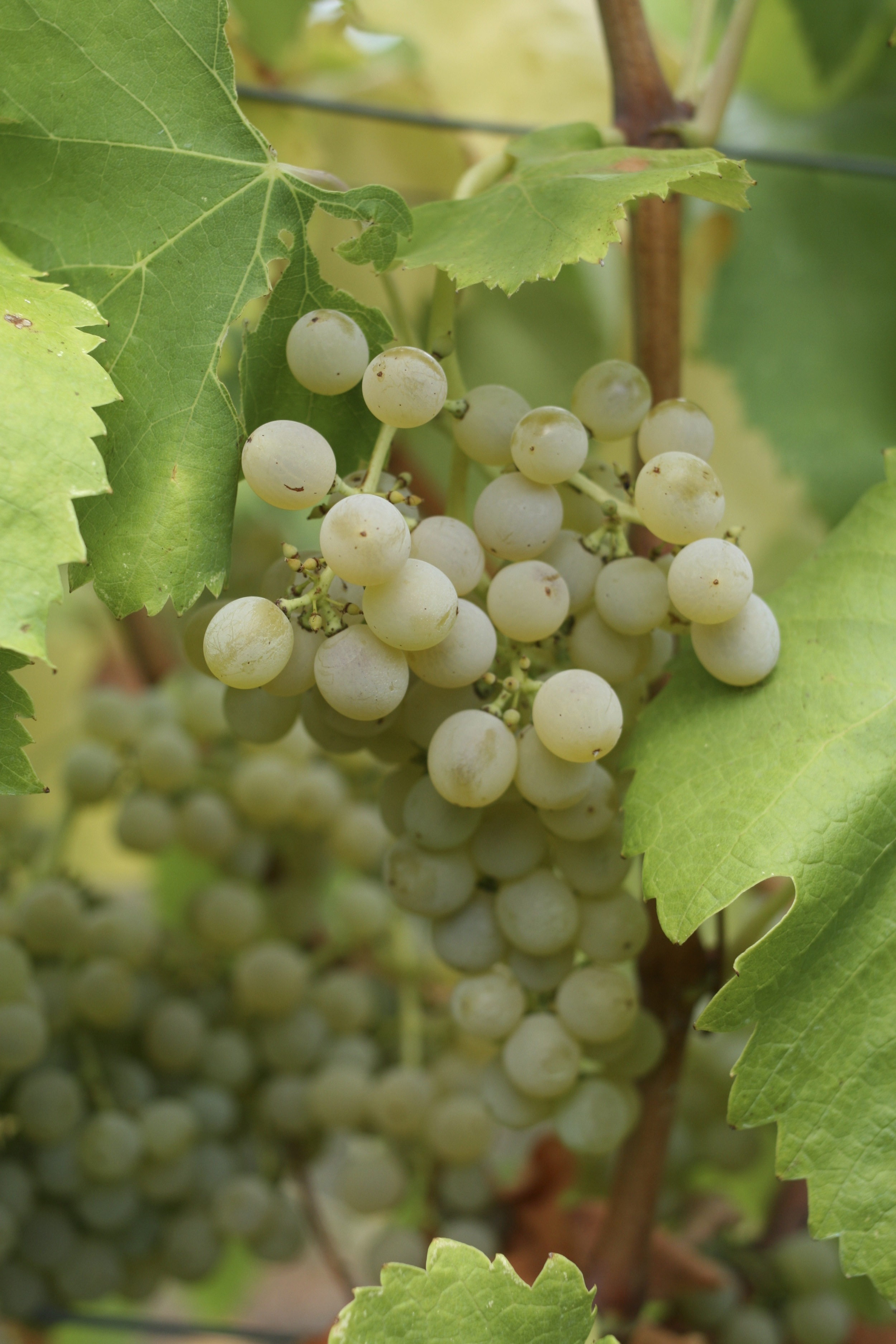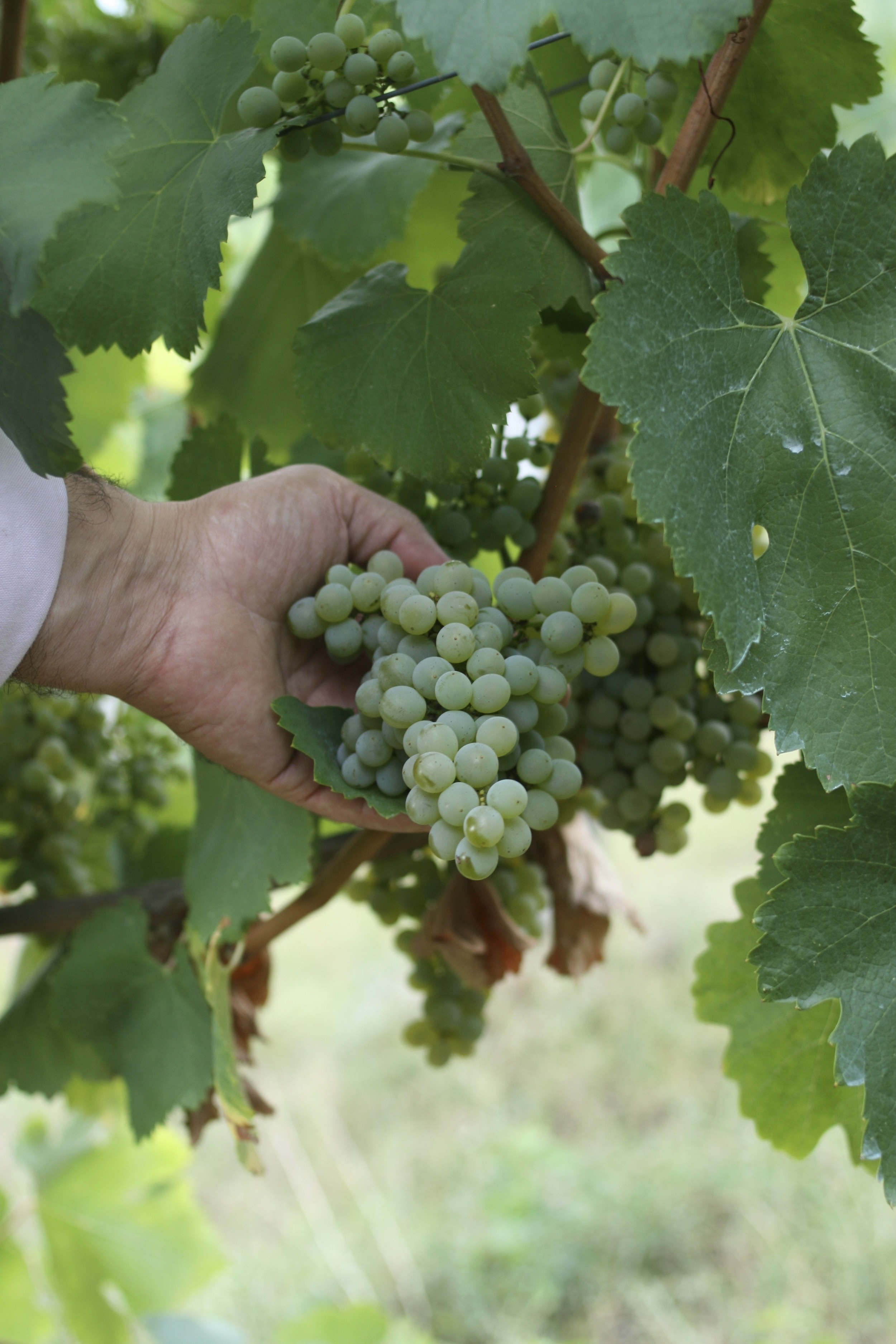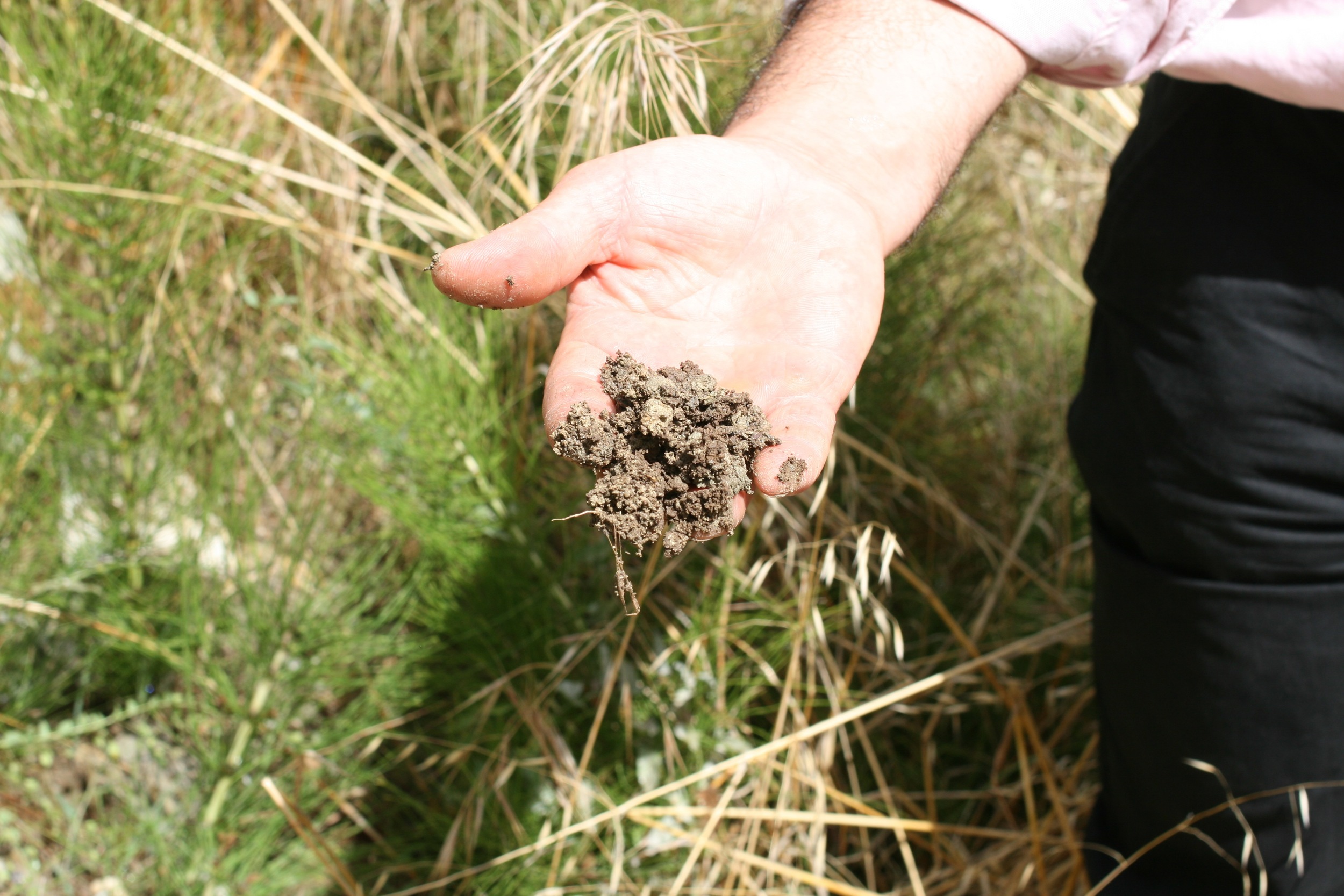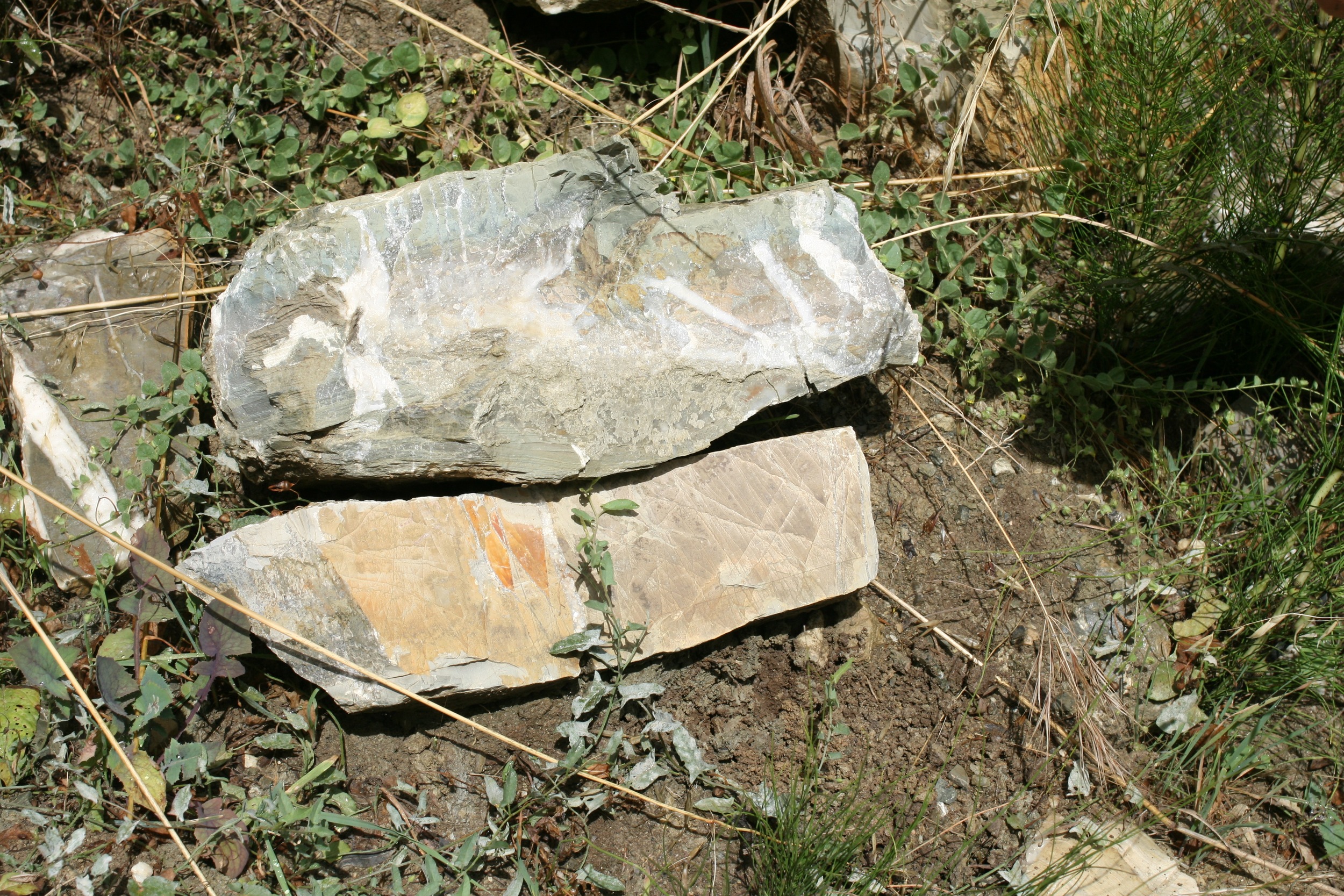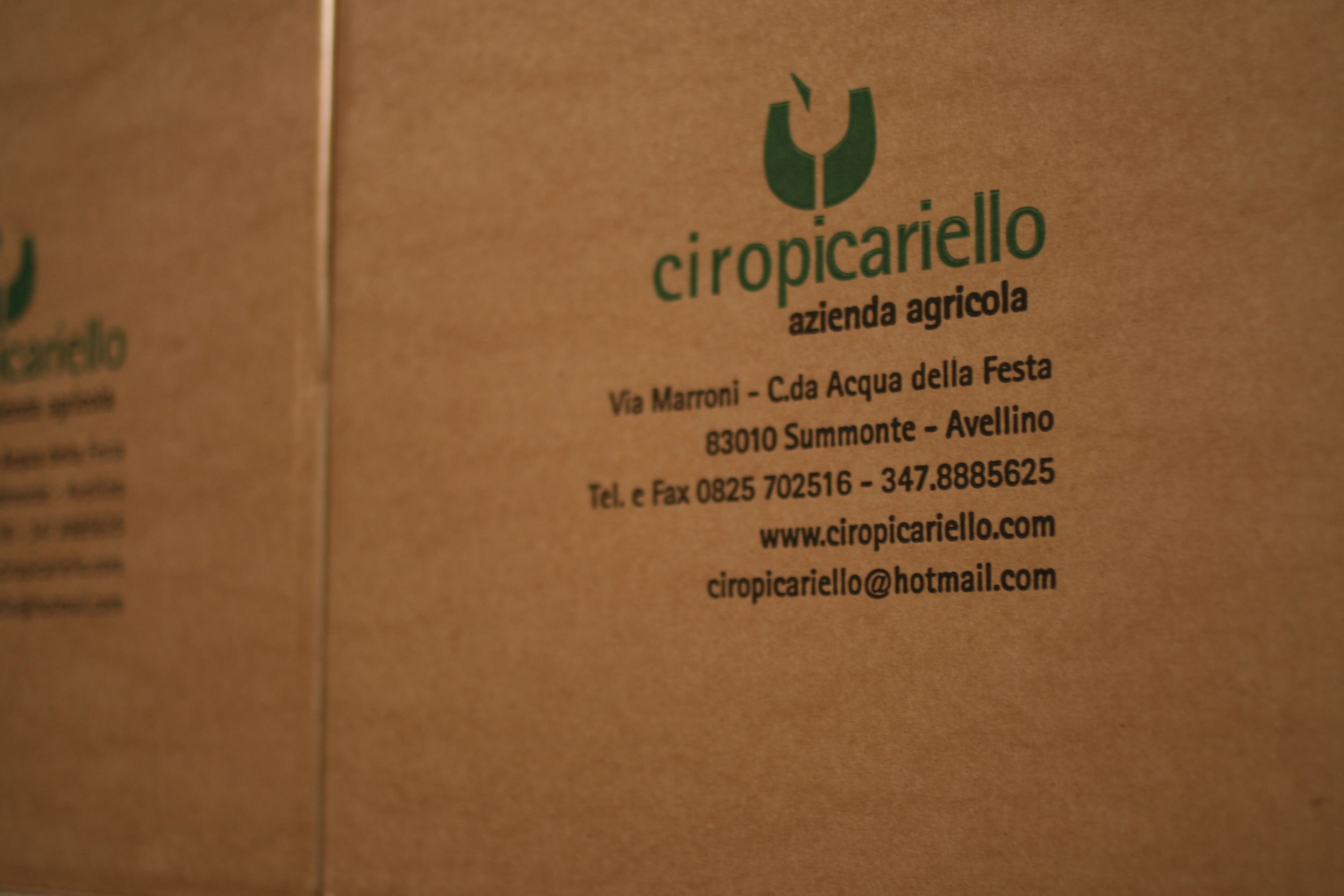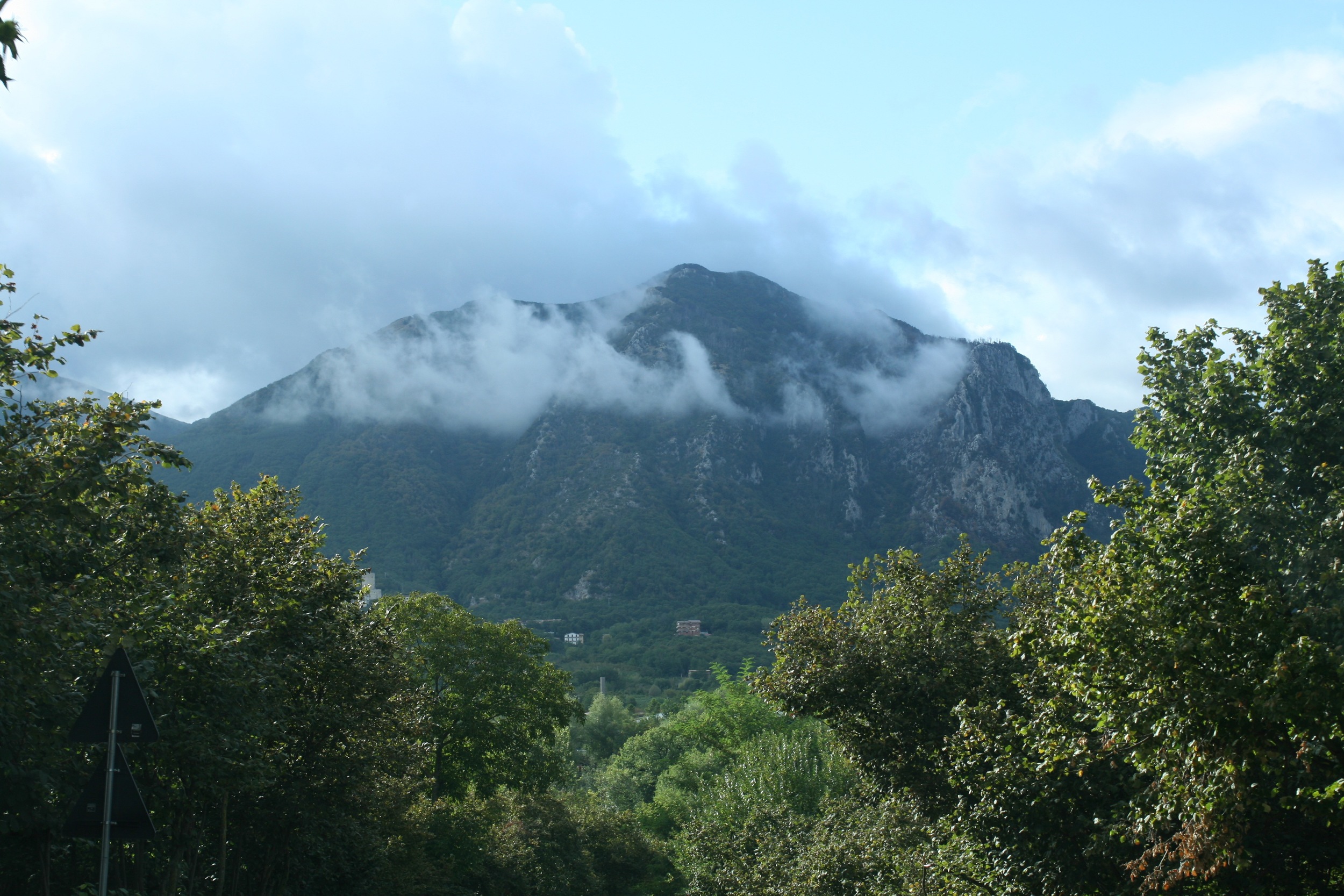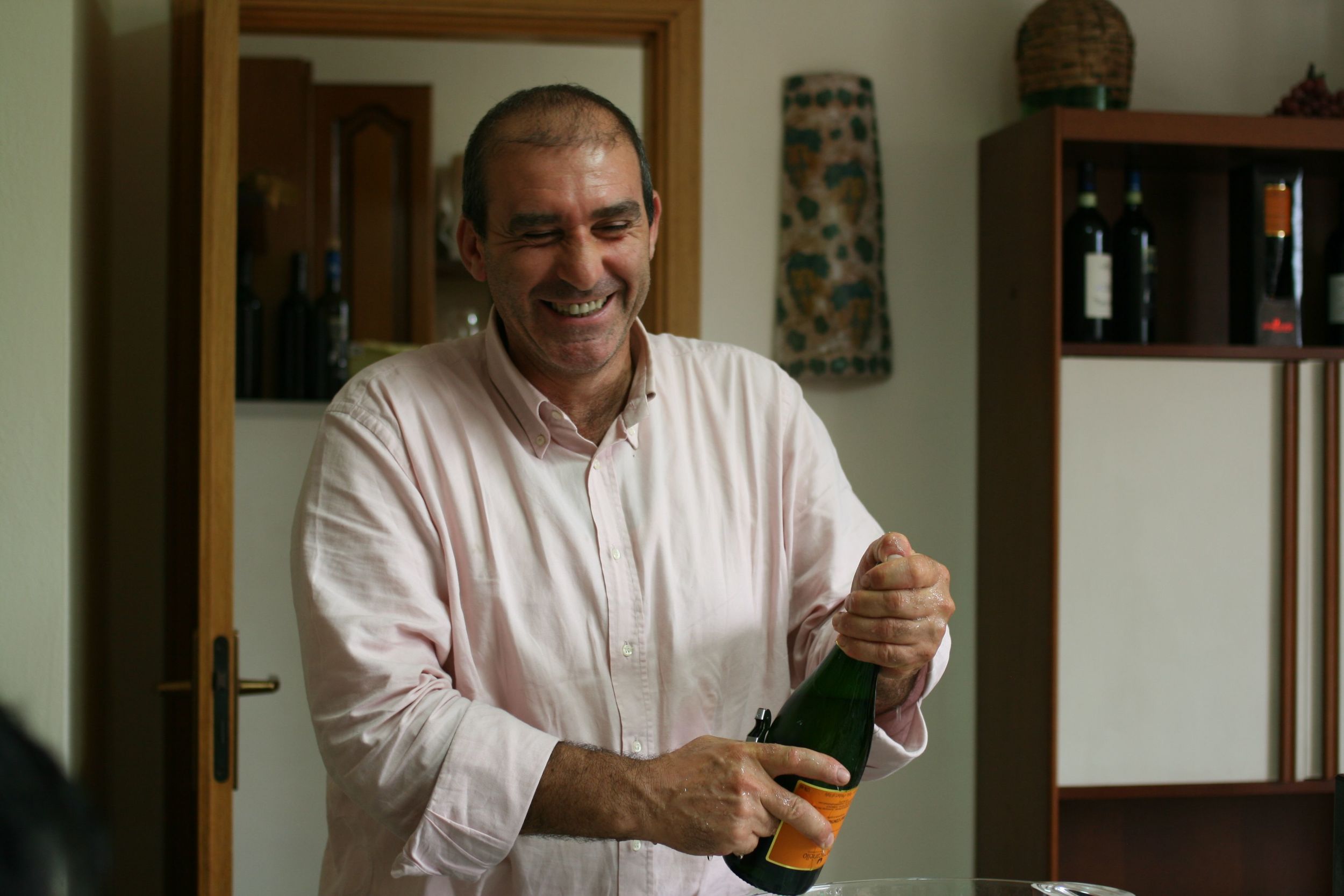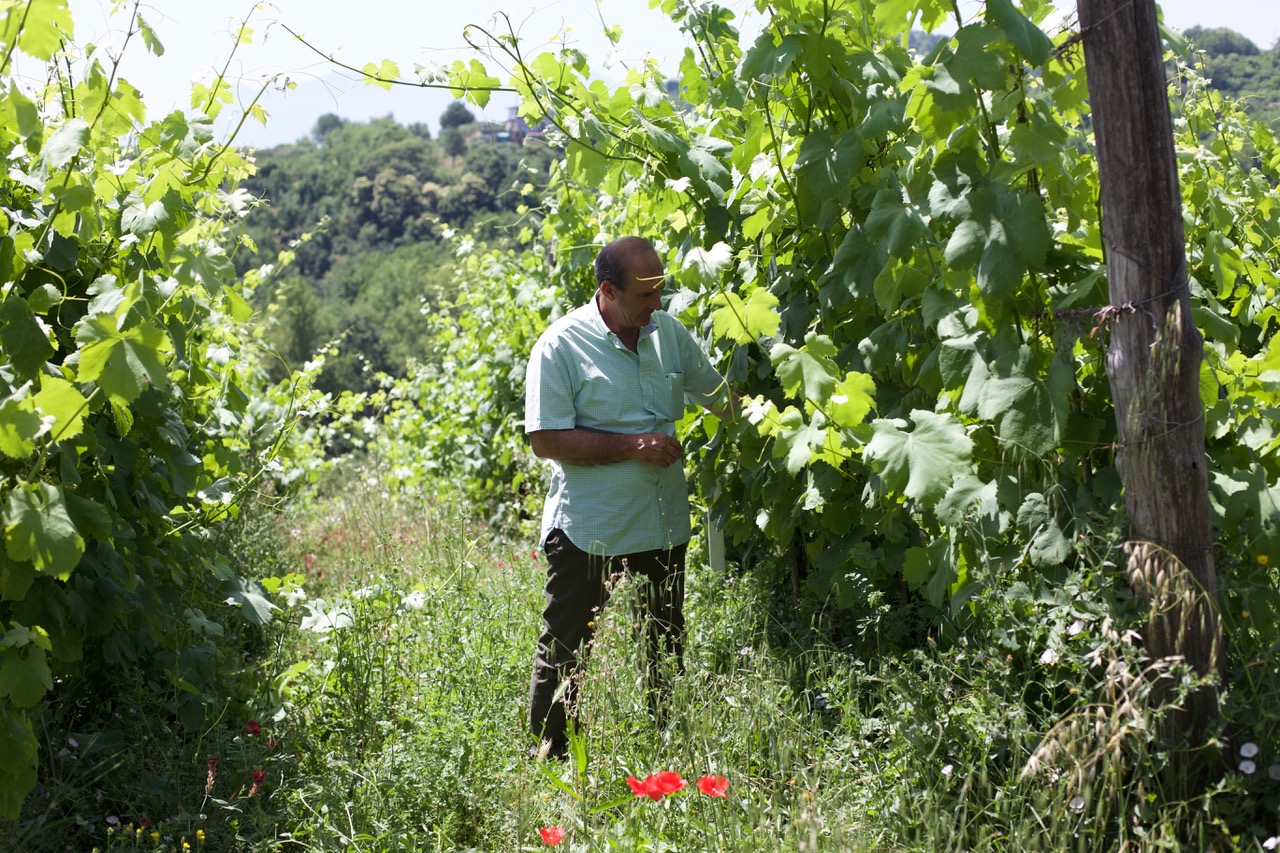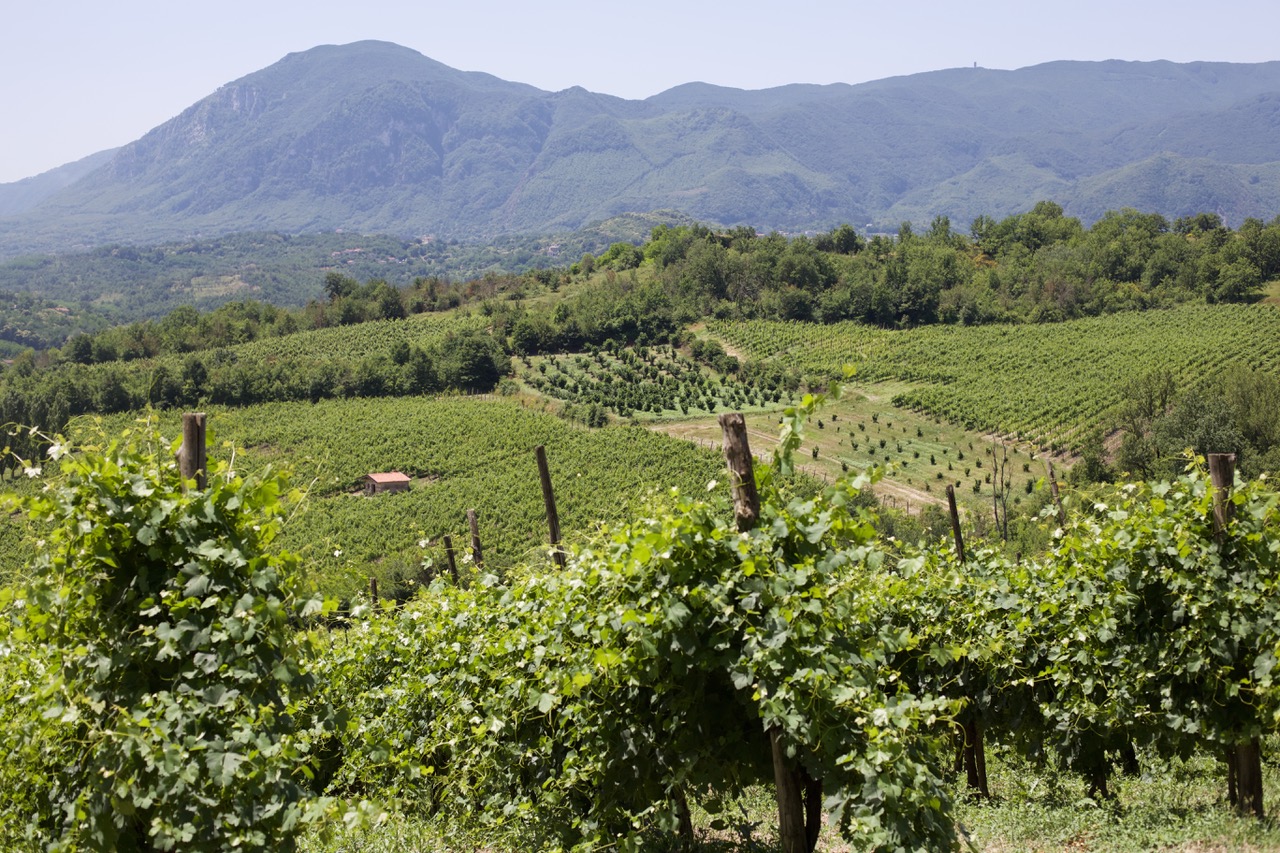Ciro Picariello
_____________________________________________
Organic viticulture
Top producer of Fiano di Avellino
Producing some of Italy’s most ageable white wines
_____________________________________________
About Ciro Picariello:
In January of 2011 Fabio Cimmino, a Neapolitan expert on the wines of Campania, conducted a seminar on the wines of his region for our visiting group. The most interesting wines were the Fianos from Avellino: three examples from different producers, all between five and fifteen years old. It turns out that Fiano ages very well, showing some of the same bottle-age characteristics as Loire Chenin Blanc (beeswax and lavender honey, for example). The best of the Fianos we tasted with Fabio was a ten-year-old Fiano di Avellino from Ciro Picariello, a producer near the village of Summonte; after a very successful visit to the estate, we began importing these wonderful wines. Campania is now my favorite white wine region of Italy, and Picariello is one of the reasons.
Ciro's vineyards are about equally divided between Summonte (around Picariello's house and winery), which is at 650 meters, and Montefredane, at around 500 meters. The grapes are picked by hand in late October, very late for white wine, and given a clean but minimal treatment in the cellar. Slow pressing with only the first press used, no yeasts are added, the gross lees are removed shortly before the fermentation finishes (the wine is allowed to go completely dry). Use of SO2 is minimal, and the wines are not filtered or fined. This is an extremely 'natural' and therefore risky winemaking process for a white wine, but Ciro knows what he's doing, and every vintage I have tasted is both expressive and clean.
Joe Campanale sums it up well in his book ‘Vino: The Essential Guide to Real Italian Wine’: ‘‘[Ciro Picariello is]…in my opinion the great producer of Fiano in Avellino-and therefore the greatest producer of Fiano in the world…wines free of flaw and full of personality.’
_____________________________________________
The WINES:
‘Brut Contadino’ Fiano Methodo Classico
I think the most interesting Italian sparkling wines are generally those that don't try to copy Champagne. Picariello’s sparkling is one of my new favorites; a classic method (aka Champagne Method) sparkling wine made with Fiano. The base wine is from Summonte, the site closer to Ciro’s home, and could be Fiano di Avellino.
The grapes are picked a little early for acidity. In my opinion the yeasty flavors that come from this winemaking method combine very well with the gunflint quality of Fiano. Both delicious and very distinctive wine. Very limited.
Fiano, Irpinia DOC
The Irpinia Fiano is a declassified version of Fiano di Avellino from estate-bottled fruit, made from younger vines in Summonte and Montefredane. It shows essentially the same characteristics as the DOCG, but with less dramatic mineral and stoney notes. This base level Fiano is perfect for immediate drinking and by-the-glass.
Fiano di Avellino DOCG
Fiano di Avellino is one of Italy's best white wines, made from the Fiano variety near the town of Avellino in the region of Campania. When young, Picariello's Fianos are lively, minerally and bracing, redolent of apple, white peach and hazelnut, with a strong flinty character (part of his vineyards are in volcanic soil).
On the palate there is bright, green-apple acidity, and great complexity. Pair with all kinds of seafood dishes, or just roast chicken. I am certainly drinking the new release with food now, but you would not be making a mistake if you put a few bottles of the Avellino in the cellar. Fiano is one of Italy’s most age-worthy white wines, and this will go ten years very easily.
Fiano di Avellino ‘906’ DOCG
Picariello’s Fiano di Avellino '906' is a single vineyard bottling from Summonte, the higher of the two communes where Picariello's grapes come from. The winemaking is very similar to the regular Fiano di Avellino, but the wine is aged longer on the lees and held in bottle for an extended period before release.
The altitude of the vineyard gives excellent acidity, and although the wine is very naturally made, it’s as clean as a whistle. Aromas and flavors of citrus, herbs, and green apple, very long on the palate and very age worthy. An outstanding Italian white wine. This wine is only produced in colder vintages when the grapes reach high enough acidity.
Greco di Tufo DOCG
Originally, Ciro produced only Fiano because the vineyards he bought were planted only with that variety. A few years ago he started making Greco from a rented vineyard, a vineyard that he is now renting and farming himself. The soil is a sandy clay of volcanic origin called tuff, or 'tufo' in Italian (but the name of the appellation refers not to the soil, but to the village of Tufo, which is not far from Avellino). Chunks of pure sulfur can sometimes be found in the vineyard.
Picariello's Greco is made similarly to his Fiano, although the must is pressed more quickly to avoid oxidation. Ciro tells me that Greco can age like Fiano; given that he started making Greco more recently, I haven't had the chance to test this for myself, but the first Picariello wine I ever tasted was a ten-year-old bottle of Fiano di Avellino that knocked my socks off, so I have no reason to doubt it. My sense is that Ciro is getting better with this variety; I clearly preferred the Fiano when we first started working together, but the Greco is excellent white wine, savory, very minerally, long and complex. Ciro's description: 'orange blossom, citrus peel, melon.'
‘BruEmm’ Campania Falanghina, IGT
The ‘BruEmm' is a single vineyard bottling of Falanghina Beneventana (there are two different kinds of Falanghina) from a vineyard that Ciro Picariello farms near Benevento, about 30 minutes drive from the cellar. The wine is named for his children, Bruno and Emma. Notes of apple and lemon zest, with a strong mineral character, great complexity, and a very long finish. Pairs with all kinds of seafood or roasted light meats. (This particular kind of Falanghina is a real sleeper, and the fact that Ciro has started to produce it is a real vote of confidence in the variety.)

